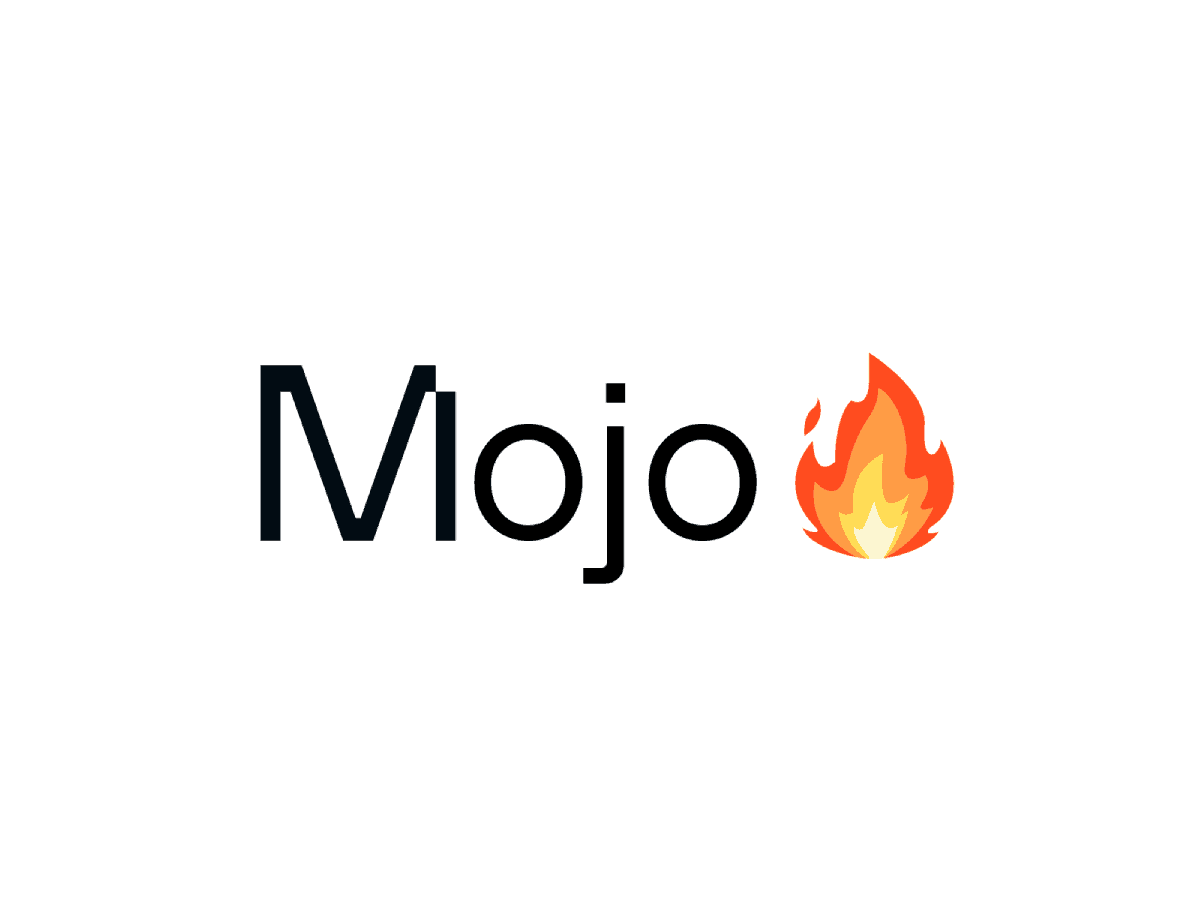Getting Started with Mojo: Your Journey into the Next-Gen AI Programming Language 🔥
 raju ghorai
raju ghorai
If you're an AI enthusiast, a developer who craves speed, and a lover of simplicity, then brace yourself for a game-changer in the world of programming languages – Mojo. In this comprehensive guide, we'll dive deep into what Mojo is, why you should be excited about it, how to get started on Linux, and explore its core features.
What is Mojo?
Mojo is not just another programming language; it's a revolutionary tool for AI and machine learning developers. Created by the Modular team, Mojo is designed to simplify AI and machine learning infrastructure. Here's what makes it stand out:
1. Powerful Compile-Time Metaprogramming
Mojo empowers you with robust compile-time metaprogramming capabilities. This means you can optimize your code even before it runs, resulting in unprecedented efficiency and performance gains.
2. Accelerator Support
Mojo is not limited to one type of hardware. It offers support for various accelerators, enabling you to harness the full potential of your AI hardware, whether it's multiple cores, vector units, or exotic accelerator units.
3. Compatibility with Python
The best part? Mojo doesn't force you to abandon Python. It seamlessly integrates with Python, allowing you to leverage your favourite Python libraries like Numpy and Matplotlib while enjoying the benefits of Mojo's performance.
Why You'll Love Mojo
If you're wondering why Mojo has been causing such a buzz in the developer community, here are the compelling reasons:
1. Usability and Programmability
With Mojo, you can write everything in one language. Say goodbye to juggling multiple languages; Mojo lets you scale from high-level Python to low-level AI hardware, all without touching C++ or CUDA.
2. Performance Redefined
Unlock the true power of your hardware with Mojo's advanced compiler and heterogeneous runtime. Achieve performance levels on par with C++ and CUDA, all while enjoying the simplicity of Mojo.
3. Seamless Interoperability
Mojo bridges the gap between languages. It seamlessly integrates with the Python ecosystem, allowing you to combine libraries, custom code, and Mojo effortlessly.
The Fire Emoji Mystery
You might be wondering why there's always a 🔥 fire emoji next to Mojo. Well, it's not just for fun, although Mojo's hot reputation in the developer community is well-deserved. The fire emoji also serves as Mojo's file extension. You can save your code files with extensions like hello.🔥 or hello.mojo. It's a playful way to indicate that Mojo empowers you to develop faster and more efficiently than ever before.
How to Install Mojo on Linux?
Before we dive deeper into Mojo's capabilities, let's get it up and running on your Linux system. As of now, Mojo is available locally for Ubuntu Linux systems, but fear not, Windows and Mac users can still join the Mojo party using WSL, containers, or a remote Linux system.
System Requirements:
Before we proceed, ensure your system meets the following requirements:
Ubuntu 20.04 and later
x86-64 CPU with a minimum of 4GiB RAM
Python 3.8 - 3.10
g++ or clang++ compiler (Ubuntu comes with g++ pre-installed)
Installing the Modular CLI and Mojo SDK
To make Mojo accessible on your Linux system, we need to install the Modular CLI and Mojo SDK.
Step 1: Install the Modular CLI
Use the following command to install the Modular CLI:
curl https://get.modular.com | \
MODULAR_AUTH=mut_fe303dc5ca504bc4867a1db20d897fd8 \
sh -
Step 2: Install the Mojo SDK
The Mojo SDK contains everything you need for local Mojo development, including the Mojo standard library and the Mojo CLI. Execute this command to install it:
modular install mojo
Time for Hello World
Now that Mojo is installed on your system, it's time to write your first Mojo program - the classic "Hello, world!".
Setting Environment Variables
Before we proceed, set the MODULAR_HOME and PATH variables in your shell:
echo 'export MODULAR_HOME="$HOME/.modular"' >> ~/.bashrc
echo 'export PATH="$MODULAR_HOME/pkg/packages.modular.com_mojo/bin:$PATH"' >> ~/.bashrc
source ~/.bashrc
Running Mojo on REPL
To start a Read-Eval-Print Loop (REPL) session, simply type 'mojo' in your terminal and hit Enter. Then, type 'print("Hello, world!")' and press Enter twice, as a blank line indicates the end of an expression. It should look like this:
$ mojo
Welcome to Mojo! 🔥
Expressions are delimited by a blank line.
Type `:mojo help` for further assistance.
1> print("Hello, world!")
2.
Hello, world!
You can write and experiment with code in the REPL, but keep in mind that code isn't saved here. When you're ready to create a real program, you'll want to write your code in a .mojo source file.
Running a Mojo File
To run a Mojo program saved in a file, follow these steps:
- Create a file, let's call it 'hello.mojo' (or 'hello.🔥'), and add the following code:
fn main():
print("Hello, world!")
Save the file and return it to your terminal.
Execute the program using the 'mojo' command:
mojo hello.mojo
It should immediately print the message:
Hello, world!
Mojo Language Basics
Before we conclude this guide, let's quickly cover some essential Mojo language basics:
1. Syntax and Semantics
Mojo's syntax and semantics draw inspiration from Python. It uses line breaks and indentation for code blocks, making it intuitive for Python developers.
2. Functions
Mojo supports two types of functions: 'fn' (strongly typed and memory-safe) and 'def' (Python-style dynamic). 'fn' functions enforce type safety.
3. Variables
You can declare variables in Mojo using 'var' (mutable) or 'let' (immutable). Declaring types for variables is optional, offering flexibility in your code.
4. Structures
Mojo allows you to create structs for high-level abstractions. While similar to Python classes, Mojo structs are static and don't allow dynamic dispatch.
5. Python Integration
Mojo makes it easy to import Python modules as-is, enabling you to leverage existing Python code seamlessly.
What's Next
For an even smoother Mojo development experience, consider installing the Mojo extension for Visual Studio Code. It provides syntax highlighting, code completion, diagnostics, and more.
You can also experiment with Mojo in the web-based Mojo Playground, perfect for quick tests and prototyping.
To delve deeper into Mojo's capabilities, be sure to read the official Mojo documentation available at 'Read the Docs.'
Lastly, if you have questions or want to connect with the vibrant Mojo community, head over to Discord and join the conversation.
In conclusion, Mojo🔥 is not just a
programming language; it's the future for all AI developers. It combines the power of systems programming with the flexibility of Python, making it a game-changer in the world of AI and machine learning. So, get ready to supercharge your AI projects with Mojo!
Subscribe to my newsletter
Read articles from raju ghorai directly inside your inbox. Subscribe to the newsletter, and don't miss out.
Written by

raju ghorai
raju ghorai
FullStack Developer BE